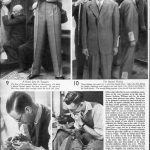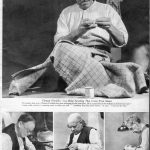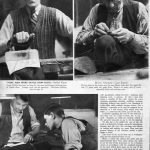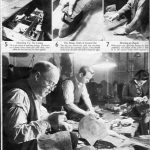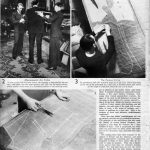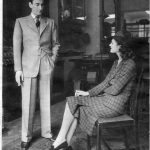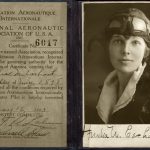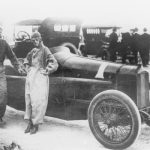Tauentzien girls (lower class of prostitutes), Berlin 1920s.
Berlin in the 1920s had a very interesting and confusing legal stance on prostitution. Left-over laws from the reign of Friederich II did not allow for legally sanctioned brothel quarters within city limits, and yet individual female and male prostitution was to be carried out “under government surveillance" – in essence, it was permitted on a technicality despite being officially unlawful. “Whoring was, through the Wilhelmian era, alternately tolerated, then banned, then yet again ‘placed under surveillance.’ No matter what was decreed, however, prostitutes and the citizenry who engaged their services always found ingenious ways to circumvent the murky codes. Only two sanctions were consistent: 1. Berlin refused to allot a legal district for the practice of harlotry – the ‘Mediterranean’ solution, and 2. public solicitation for sex was strictly prohibited” (Gordon, Voluptuous Panic).
So, in essence a prostitute could ply his or her trade anywhere in the city as long as he or she did not verbally reveal her profession. Hence, an elaborate cosmopolitan code of dress and gesture developed in the Berlin demimonde through which sellers advertised their wares to buyers: “Customers could recognize the compliant goods instantly by their characteristic packaging. In other words, whores would promote themselves by looking like whores” (Gordon, Voluptuous Panic). A fascinating paradox, because of course looking that way made your trade obvious to law enforcement officials and yet they there was little they could do about it.
However, “the problem, unfortunately, became acute in the Weimar period when prostitute fashion was widely imitated by Berlin’s most virtuous females. For instance, one historical badge of shame for Stricht-violators, short-cropped hair, became the common emblem of the Tauentziengirl (above) at least for a year or two. Then in 1923, the short pageboy coif, or Bubikopf, achieved universal popularity as the stylish cut for trendy Berlinerinnen. Prostitutes had to change and update their provocative attire constantly in order to retain a legal means of solicitation” (Gordon, Voluptuous Panic).
Louise Brooks remembers her time in Berlin in “Lulu”
»At the Eden Hotel, where I lived in Berlin, the café bar was lined with the higher-priced trollops. The economy girls walked the street outside. On the corner stood the girls in boots, advertising flagellation. Actors’ agents pimped for the ladies in luxury apartments in the Bavarian Quarter. Race-track touts at the Hoppegarten arranged orgies for groups of sportsmen. The nightclub, Eldorado, displayed an enticing line of homosexuals dressed as women. At the Maly, there was a choice of feminine or collar-and-tie lesbians. Collective lust roared unashamed at the theatre.«


